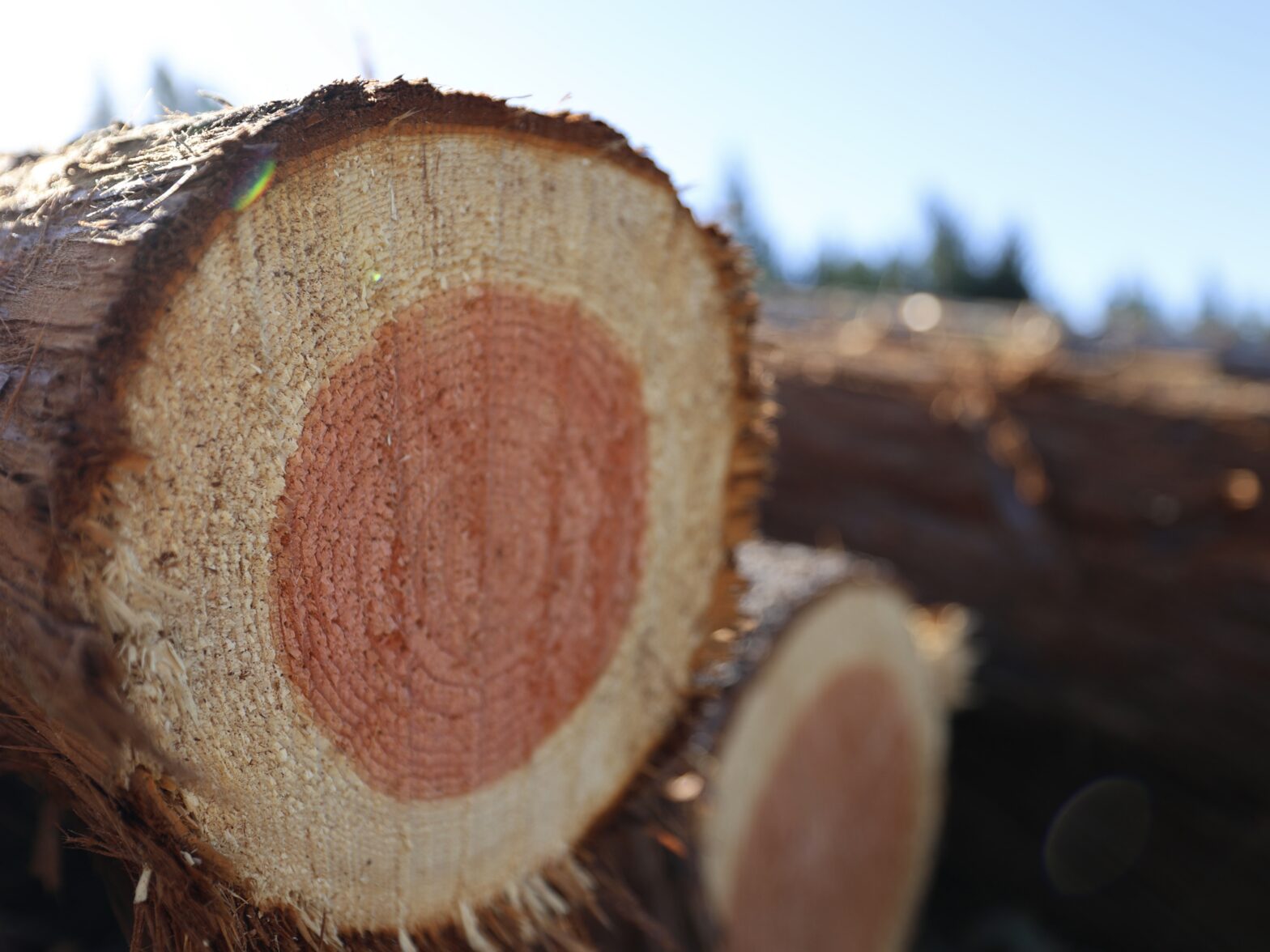Tariff costs are a significant concern for American consumers, affecting everything from food to construction materials. Taxes on imported lumber, especially Canadian cedar and other softwoods, have doubled from 8.05% to 14.54% over the past year.
Contractors and homeowners need a more sensible solution for a high-quality fence, particularly when they may be paying luxury costs for wood that isn’t comparable to US redwood from Sequoia Forest Products.
How Much Are Softwood Prices Increasing?
In August 2024, the US Department of Commerce nearly doubled the taxes on Canadian softwood. As of September 2025, Canadian cedar and other softwoods have an import tax of 14.54%. These tariffs have a ripple effect on the fence industry, leading to supply chain issues and increased costs for homeowners.
Two primary duties affect its cost: anti-dumping and countervailing. Anti-dumping duties relate to product pricing; governments use them to prevent imported goods from being sold below market value, which keeps prices competitive. Countervailing duties offset the potential financial assistance (subsidies) that the exporting country provides to manufacturers.
Recently, the anti-dumping and countervailing duties for Canadian softwood increased dramatically:
- Antidumping duty (from July 29, 2025): Increase from 7.66% to 20.56%
- Convervailing duty (from August 12, 2025): Increase from 6.74% to 14.63%
Tariffs continue to change on imported goods, including Canadian softwoods and imported cedar.
Prices Hit Contractors and Homeowners
Rising western red cedar costs aren’t solely related to tariffs; scarcity of the Western red resource itself from over-harvesting, lack of replanting, harvest regulations, and disease caused by climate change have negatively impacted Western red cedar prices as well.
Higher-grade boards are costly, with most suppliers increasing prices by 3% to 5% from 2023 to 2025. While boards may have cost around $6 to $12 per linear foot in 2023, they now average $8.50 to $16.50. These costs are passed off to homeowners, who wind up paying all the added expenses on top of labor and service fees.
The rising costs have a ripple effect:
- Suppliers charge contractors more for cedar
- Contractors charge consumers more to make up the price
- Some contractors settle for lower-grade cedar, while others raise prices more
- You’re forced to buy a more expensive, lower-quality fence or overpay for a higher grade
Fortunately, there are domestic wood alternatives that are stronger than cedar and other softwoods that aren’t impacted by fluctuating tariffs.
US-Grown Redwood: The Greatest Value
Redwood is one of the strongest types of wood for a fence. Its natural beauty and durability make it coveted for backyard fences nationwide, and with the price of imported wood fluctuating, American redwood is a tried-and-true alternative.
Sequoia Forest Products is an American brand. Our redwood fence boards are harvested from California’s protected forests, then cut and processed in one of our carbon-free, zero-waste mills. Sourcing redwood from the forests of the Pacific Northwest preserves the environment through forest thinning, which prevents wildfires.
The durability, strength, and weather-resistant nature of redwood mean it lasts an average of 25 to 30 years. Compared to cheap pine or costly cedar, redwood is a more sustainable, durable lumber that gives buyers more quality for every dollar.
Explore the Benefits of Redwood for Your Project
Whether you’re a contractor or homebuyer, Sequoia Forest Products ensures you get the best value for your money. Our redwood fence boards come in five distinct grades to ensure you only pay for what you need, and nothing more.
Learn more about our products and what makes them such an excellent investment. If you have questions, we’re here to help. Contact us today online or call (844) 6-REDWOOD to speak with a redwood expert.


